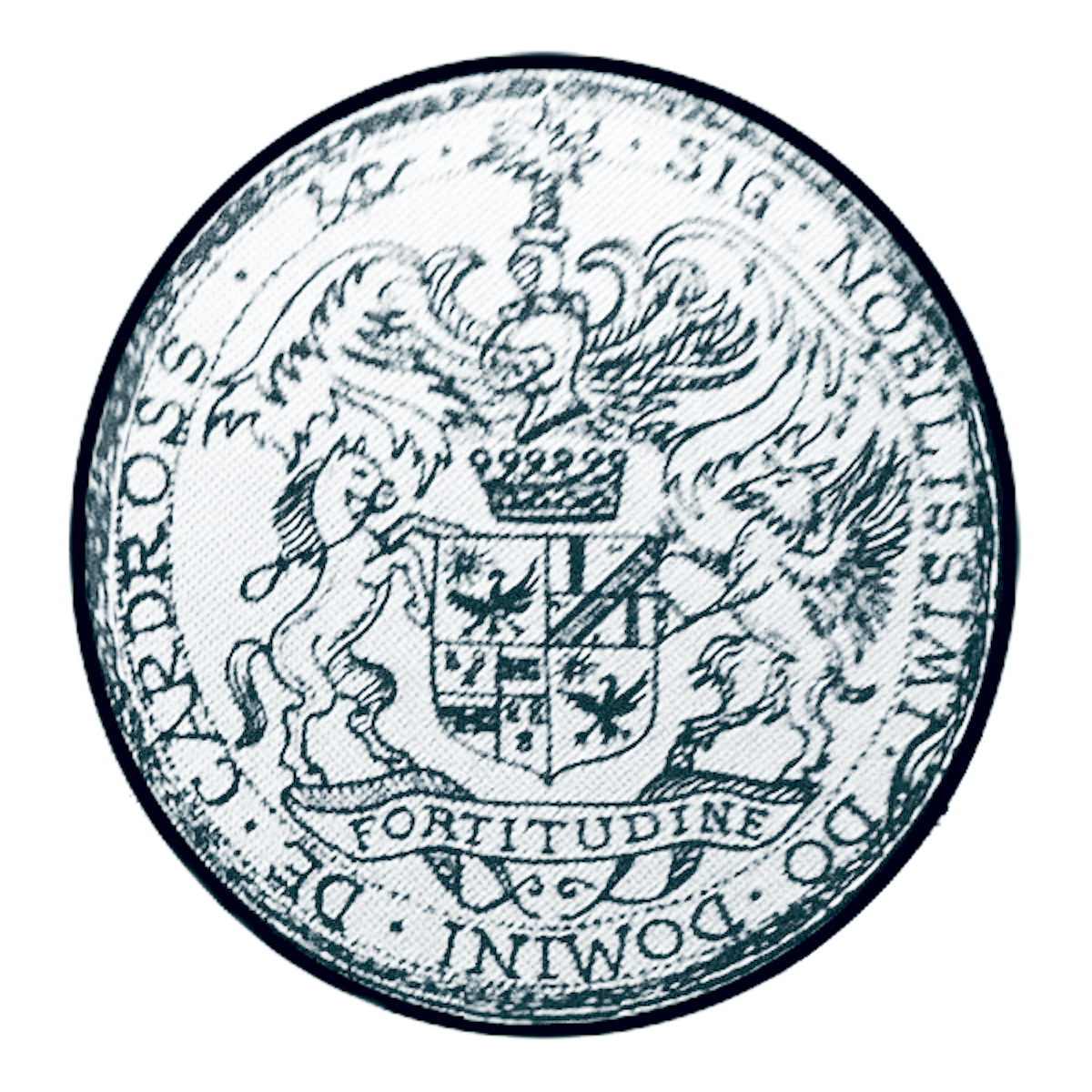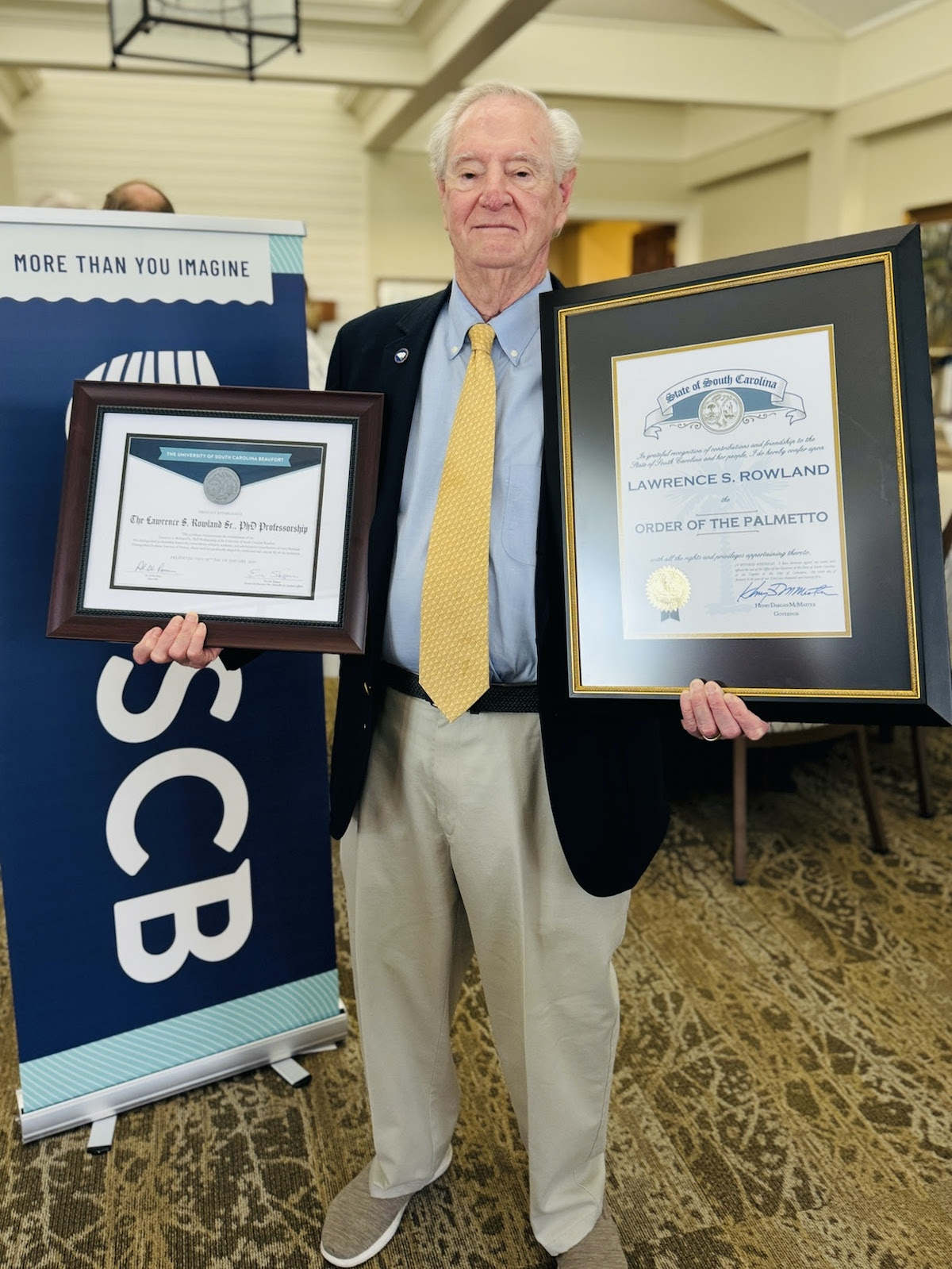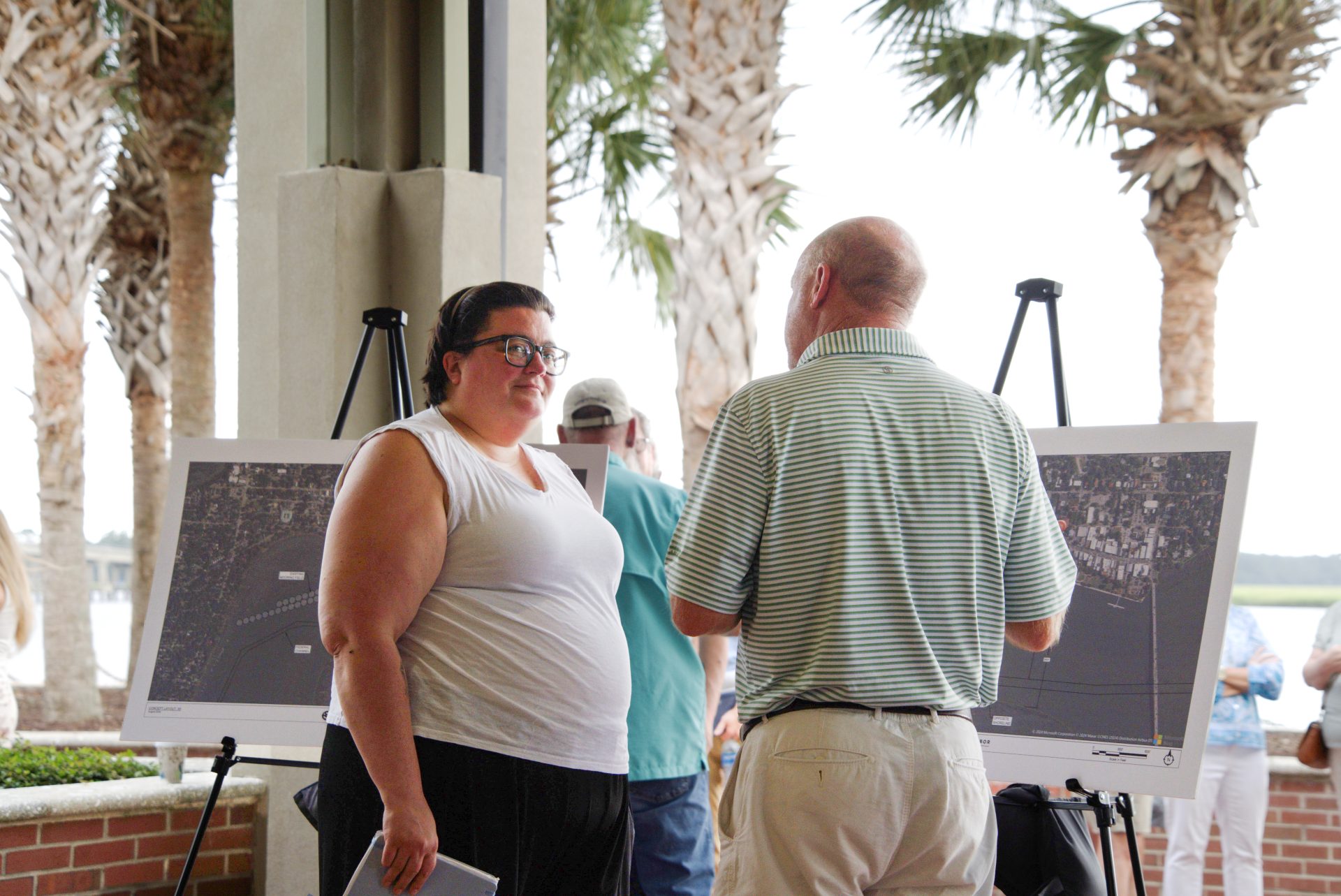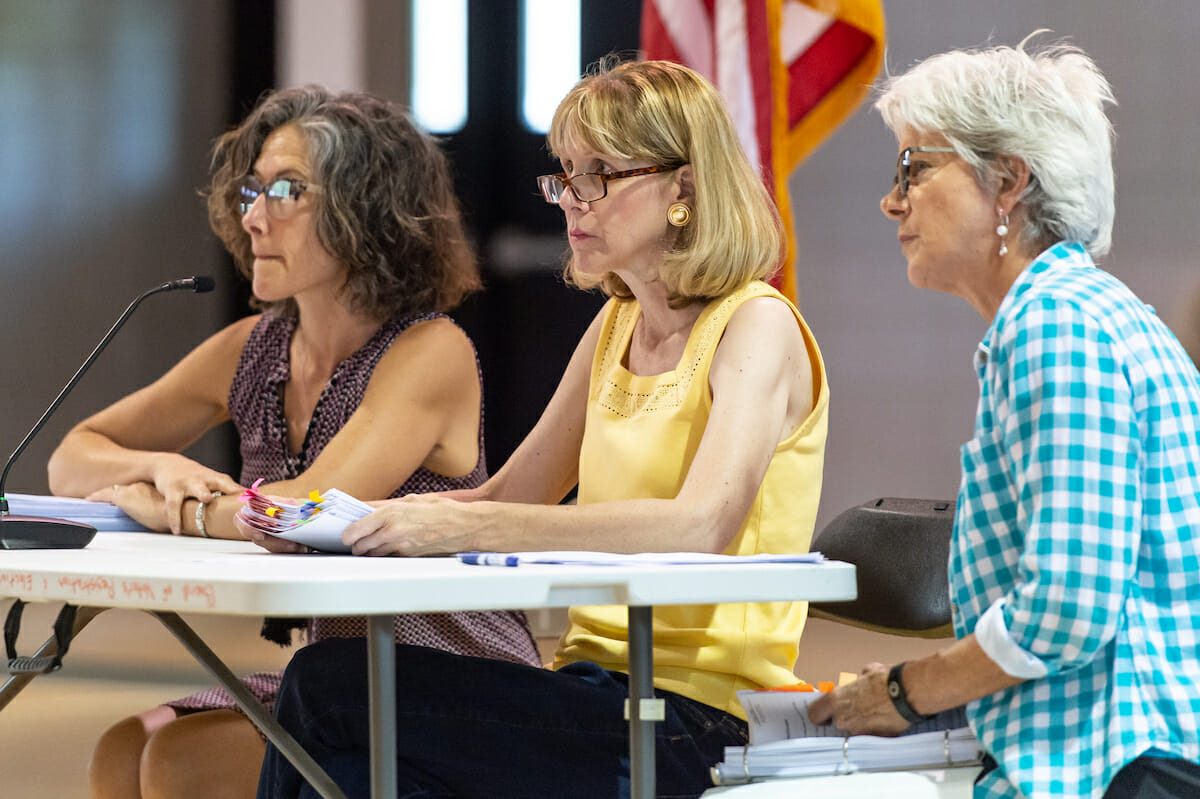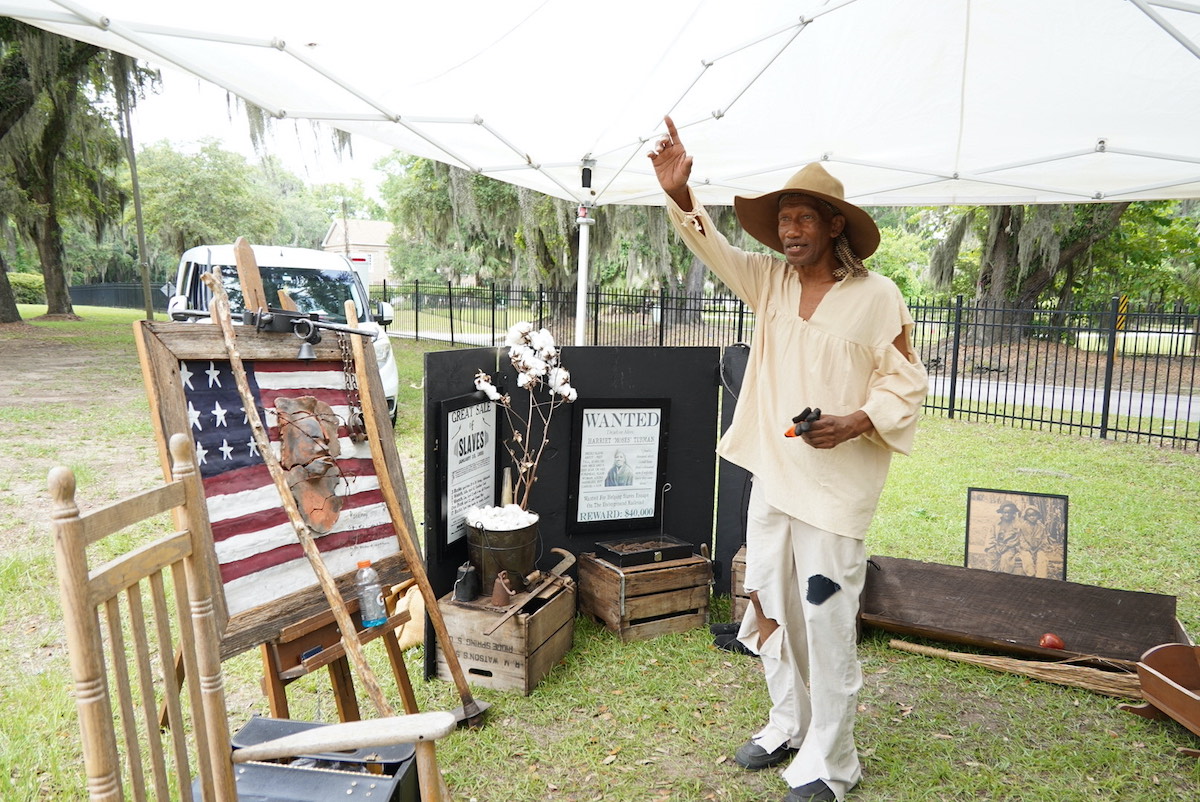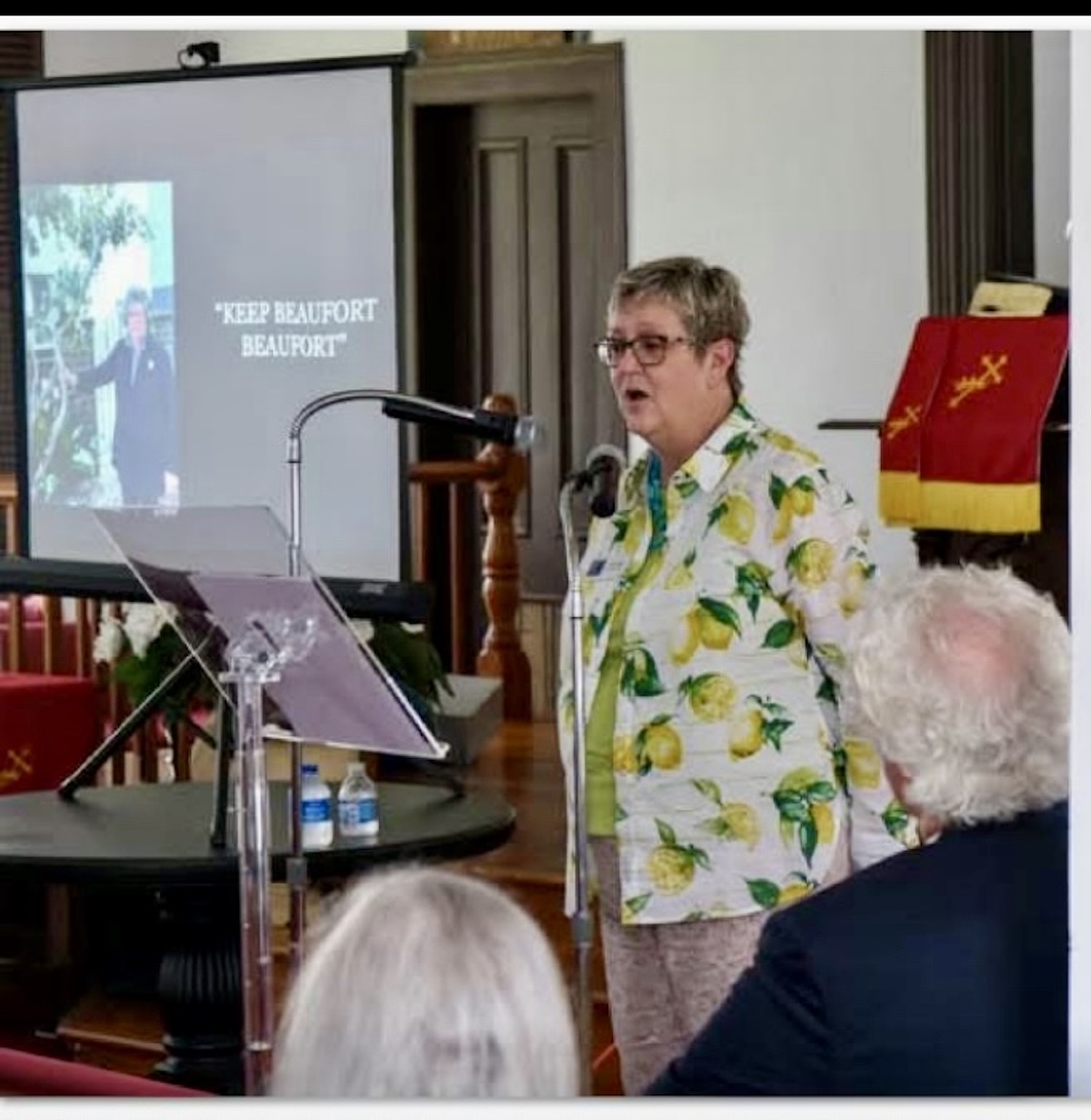Scottish settlement on Port Royal Island has been lost for 300 years
By Tony Kukulich
Beaufort County’s role in the early history of the United States has gotten a lot of attention this year.
Daryl Ferguson, a Beaufort resident, published “American Conquistador” in April. It revealed the story of the 16th-century race between the Spanish and French to establish a colony at Santa Elena on present day Parris Island, a race that the Spanish ultimately won.
This month, an effort to locate a 17th-century Scottish settlement known as Stuarts Town will get under way in the City of Beaufort. The search will begin at the home of Beaufort Mayor Stephen Murray.
Established on Port Royal Island in 1684, Stuarts Town lasted only a brief time. Its location has never been definitively established.
A kickoff event for the project will be held at Morrall Park on Craven Street near Carteret Street, June 6, between 10 a.m. and noon. The event will include brief presentations on the background and implementation of the project, and excavation of the first test hole in Murray’s yard on Craven Street.
Chester DePratter, research professor at the South Carolina Institute of Archaeology and Anthropology at the University of South Carolina will lead the search with the support of the Stuarts Town Action Group.
“I’ve been thinking about searching for Stuarts Town because, as an archeologist, it’s interesting to take on new challenges,” DePratter said. “When I was working at Santa Elena back in the early ‘90s with Stanley South of the University of South Carolina, we were looking for French Charlesfort, and I began to read about Stuarts Town way back then.”
Historians have generally looked at Spanish Point as the location of Stuarts Town, but the evidence is open to interpretation. Larry Rowland of the University of South Carolina Beaufort said that an English land warrant issued in 1699 referenced the former Scots’ town at Spanish Point.
“As clear as that sounds to us, we don’t know what he was referring to as Spanish Point in 1699,” Rowland added. “It really is a mystery. It’s up in the air. The archeologists can solve the mystery. If they find an artifact or two that’s conclusive, that’s the best proof we’re going to get.”
DePratter’s research indicates that the settlement may have actually been further north, noting that no evidence of Stuarts Town has ever been discovered in Spanish Point.
“There are no detailed maps showing the exact location of this lost 17th century Scottish colony, and the documents describing it are vague and difficult to interpret,” he said.
The search for Stuarts Town will focus on Beaufort’s neighborhood known as The Point located east of Carteret Street. DePratter believes the colony could have extended into the downtown area as well, but the amount of paved surfaces makes working there impractical. The yards and undisturbed spaces in The Point will provide easier access for his research team.

Much like the English Pilgrims who landed at Plymouth Rock in 1620, the 51 Scottish settlers who arrived on Port Royal Island in November 1684 were searching for a place to practice their religion freely.
“There are plenty of records in Scotland and in this country that describe the Scottish plans for settlement in Carolina,” DePratter explained. “It was a time of real turmoil in Scotland because of fighting over religion. Many of the people who ended up coming here were imprisoned and came here to be better able to practice their religion.”
The plans for Stuarts Town included 220 lots, though DePratter said that only 41 were claimed in the first six months of the settlement. It is unknown how many other lots were claimed before settlement met a violent end less than two years after its founding.
Spanish forces attacked and burned Stuarts Town in 1686. They were retaliating against the Scots for an attack on a Spanish settlement carried out by Yemassee Indians with weapons supplied by the Scottish settlers. All of the occupants escaped the attack and retreated to the safety of Charleston. Many, DePratter said, abandoned their hopes for a settlement in the New World and returned to Scotland. There were no attempts to resettle Stuarts Town.
The settlement’s short lifespan presents a challenge for searchers.
“Stuarts Town lasted from November 1684 to August 1686,” said DePratter. “In archeological terms, that’s a very short period of occupation that would be very difficult to detect even under the best of circumstances. Over a period of two years, people just don’t break or lose that much material. The fact that the town was burned means that, if we’re lucky, we can find one of the burned houses that had been built by the time the Spanish attacked.”
In addition to evidence of burned structures, the research team hopes to find pottery that could help establish the location of Stuarts Town. Fortunately for the effort, pottery from the Stuarts Town era differs significantly from pottery used during the settlement of Beaufort. That difference is, however, likely only discernible to experts.
“Anybody in Beaufort who digs in their yard finds old, broken pottery and glass,” DePratter said. “There’s just no way to avoid it because Beaufort’s been occupied for so long. But it would take a real specialist to recognize the kind of pottery being used by the Scots at the end of the 17th century.”
For one week in August, archaeologists will dig small test holes in the yards of residents willing to participate in the search for Stuarts Town. The holes will measure one-foot wide by two-feet long and will be 18-inches deep.
“We will stick to open areas whether grassed or just dirt,” DePratter said. “We will have utility lines marked, so we will avoid those. We will dig our holes, collect the dirt on a sheet of plastic, then refill the hole and replace sod if any is present.”
The project is expected to cost approximately $18,000, and donations from the local community will be necessary to support the search, according to Larry Koolkin of the Stuarts Town Action Group. The City of Beaufort opened a fund through its Pride of Place program for those interested in contributing.
Sponsors of the search include the South Carolina Institute of Archaeology and Anthropology (USC), the City of Beaufort, the St. Andrew’s Society of Lowcountry S.C., the Beaufort County Historical Society, the Beaufort History Museum, and the University of Florida.
For more information, visit www.stuartstown.com.
To donate, visit www.cityofbeaufort.org/270/Beaufort-Pride-of-Place. To support the Stuarts Town search, select ‘other’ and enter Stuarts Town.
Tony Kukulich is a recent transplant to the Lowcountry. A native of Wilmington, Del., he comes to The Island News from the San Francisco Bay Area where he spent seven years as a reporter and photographer for several publications. He can be reached at tony.theislandnews@gmail.com.


